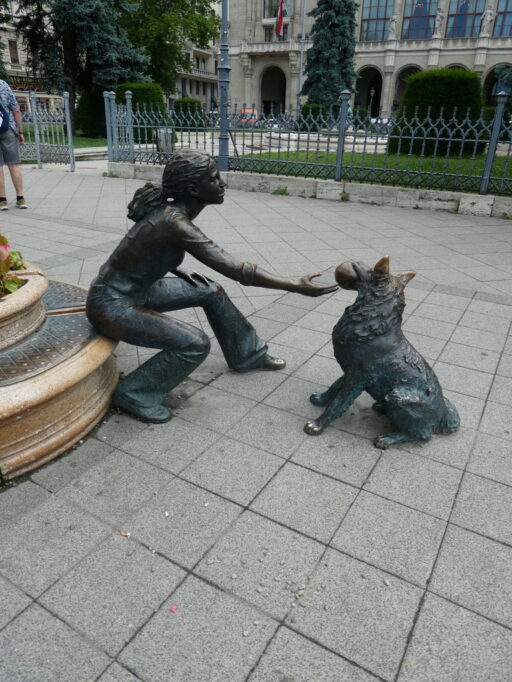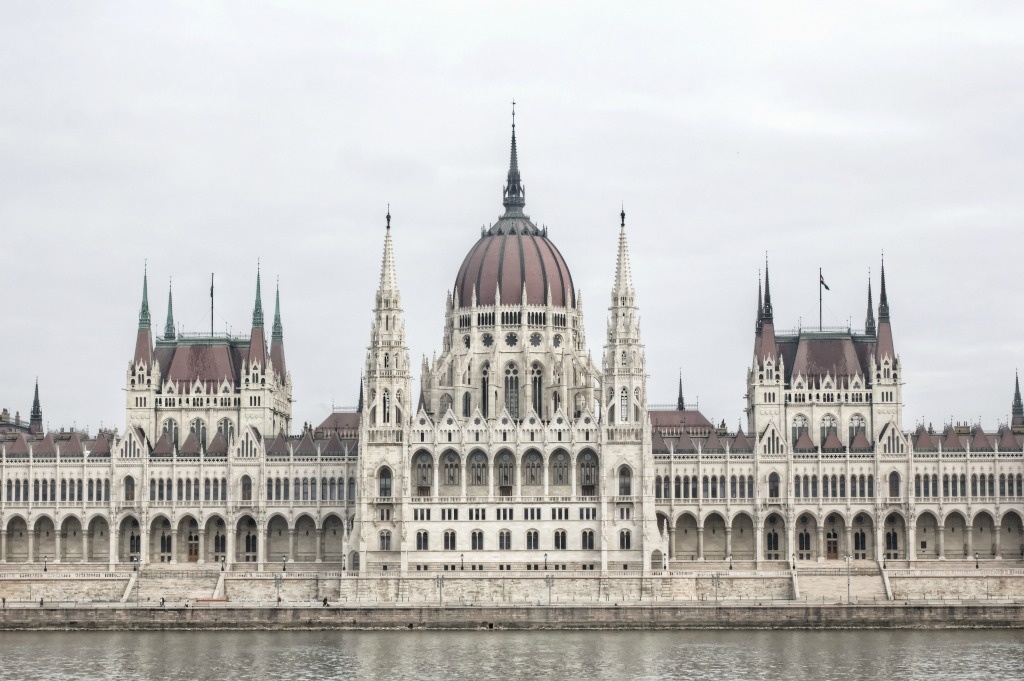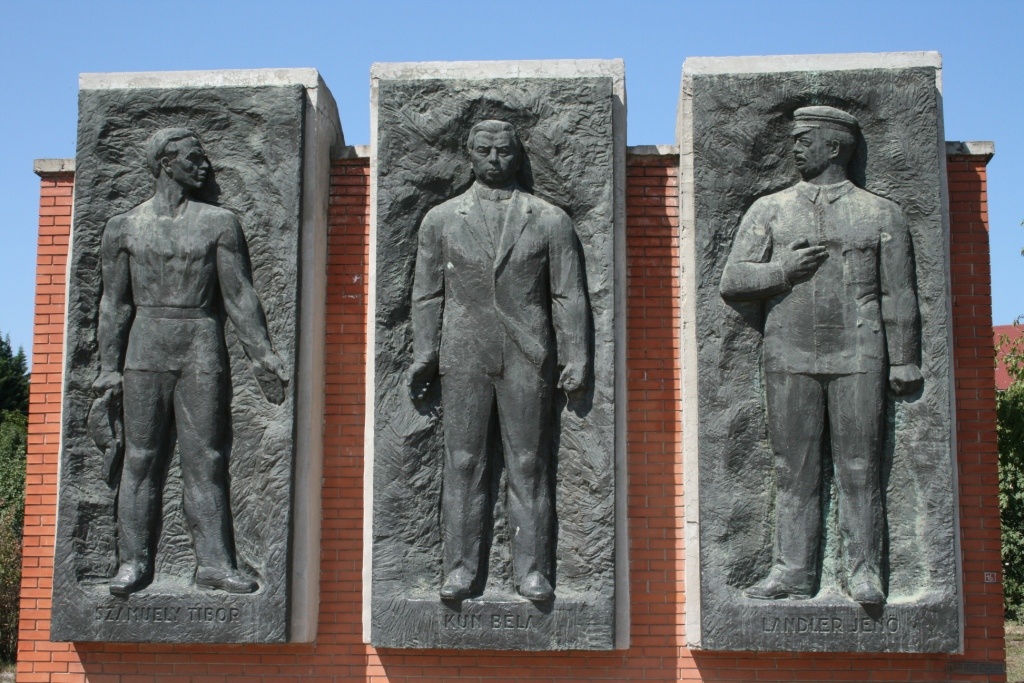HUNGARY
BUDAPEST: THE AMAZING MEMENTO PARK
Visiting Memento Park in Budapest was a fascinating journey into Hungary’s Communist past, filled with monumental statues and historical reflections.
Budapest – Memento Park
Visiting Statue Park in Budapest felt like stepping into a living museum of the city’s complex and often tumultuous past. This open-air museum, also known as Memento Park, houses a collection of statues and monuments from Hungary’s Communist era, offering a unique glimpse into the country’s history.
As I approached the park, the first thing that struck me was the sheer scale of the statues. Towering figures of Lenin, Marx, and Engels stood alongside heroic representations of workers, soldiers, and peasants. Each statue told a story of a different time, a different ideology, and a different vision for Hungary’s future.
The park was established in 1993, just a few years after the fall of the Soviet Union. During the Communist era, these statues adorned various public spaces in Budapest, serving as constant reminders of the regime’s power and ideology. When Communism fell, there was a debate about what to do with these relics of a bygone era. Rather than destroy them, the decision was made to preserve them in a park, creating a space for reflection and education.
Walking through the park, I was struck by the stark contrast between the imposing statues and the serene, almost tranquil setting. It was a sunny day, and the park was quiet, with only a few other visitors scattered throughout. As I stood in front of a massive statue of Lenin, I couldn’t help but reflect on the impact these figures had on Hungary’s history and the lives of its people.
One of the most striking pieces in the park is the “Stalin’s Boots” monument. Originally, it was a massive statue of Stalin, but during the 1956 Hungarian Revolution, the statue was toppled by protesters, leaving only the boots behind. The remains serve as a powerful symbol of the people’s resistance and desire for freedom.
In addition to the statues, the park also features an exhibition hall that provides further context and history. Inside, I found photographs, documents, and videos that told the story of Hungary’s Communist era and the events leading up to its collapse. It was a sobering reminder of the struggles and sacrifices made by the Hungarian people in their quest for freedom and democracy.
As I left Statue Park, I couldn’t help but feel a sense of gratitude for the opportunity to witness this unique part of Hungary’s history. The park serves as a powerful reminder of the past, but also as a testament to the resilience and strength of the Hungarian people. It’s a place where history comes to life, inviting visitors to reflect, learn, and remember.



